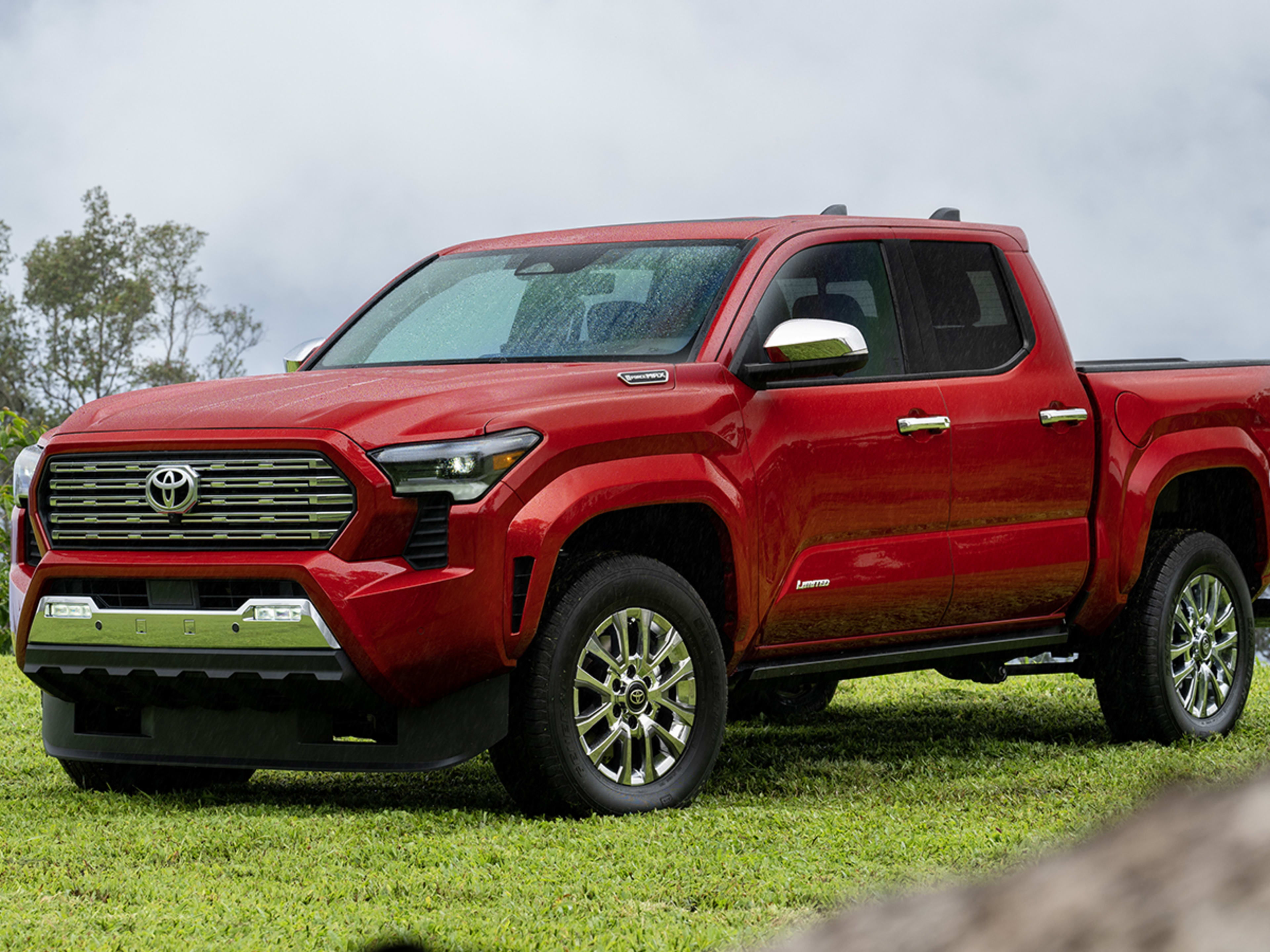Toyota Maintenance Schedule: How to Keep Your Vehicle Running Like New

When you invest in a Toyota, you’re not just buying a car — you’re buying into a reputation for legendary reliability and long-term durability. But even the most dependable vehicles need regular maintenance to stay in peak condition. Following the recommended Toyota maintenance schedule is crucial to protect your investment, maximize performance, and avoid unexpected repairs down the road.
After owning a 2018 Toyota Camry SE for several years, religiously following Toyota’s maintenance guidelines, I can confidently say that consistent care truly makes a difference.
Why Following the Toyota Maintenance Schedule Matters
- Preserves reliability and performance
- Prevents costly repairs
- Maintains resale value
- Ensures safety on the road
- Complies with warranty requirements
In my case, sticking to the maintenance schedule meant that even after 80,000 miles, my Camry still ran like new — smooth, responsive, and problem-free.
Toyota’s General Maintenance Intervals
While specific recommendations vary by model and year, here’s a general overview of Toyota’s standard maintenance milestones:
Every 5,000 Miles or 6 Months
- Oil and filter change (especially if using conventional oil)
- Tire rotation
- Brake inspection
- Fluid level check and top-off (coolant, brake fluid, windshield washer fluid)
- Visual inspection of wiper blades, lights, belts, and hoses
During my regular 5,000-mile service visits, I was always surprised at how small adjustments, like topping off fluids or swapping out worn wiper blades, prevented bigger issues later on.
Every 15,000 Miles
- Replace engine air filter
- Replace cabin air filter
- Inspect suspension components
- Inspect cooling system, fuel lines, and exhaust system
At my 15,000-mile service, a clogged cabin air filter was replaced — a small thing, but it made a noticeable difference in air quality during my commutes.
Every 30,000 Miles
- Replace transmission fluid (varies by model)
- Inspect or replace fuel filter (for some models)
- Inspect steering gear, steering linkage, and boots
I remember after hitting 30,000 miles, my dealer emphasized a transmission fluid inspection. Although it didn’t need replacement yet, just checking it gave me peace of mind for future long road trips.
Every 60,000 Miles
- Replace spark plugs (for most gasoline engines)
- Inspect drive belts
- Inspect battery condition and terminals
At 60,000 miles, I had the spark plugs replaced, and immediately noticed an improvement in throttle response — proof that preventative maintenance truly pays off.
Every 100,000 Miles
- Coolant replacement
- Inspect PCV valve
- Major engine and drivetrain inspections
Hitting the 100,000-mile mark is a proud milestone for any Toyota owner. Following the full maintenance checklist at this stage ensures you can easily push toward 200,000 miles or more without major repairs.
ToyotaCare: Free Maintenance for New Owners
New Toyota vehicles come with ToyotaCare, a no-cost maintenance plan covering:
- Oil changes
- Tire rotations
- Multi-point inspections
- Fluid top-offs
Coverage period:
- 2 years or 25,000 miles (whichever comes first)
When I first bought my Camry, having ToyotaCare made early maintenance virtually stress-free. It felt great knowing that certified Toyota technicians were handling everything at no extra cost.
Typical Toyota Maintenance Costs
| Service Type | Average Cost (USD) |
|---|---|
| Oil Change | $50–$80 |
| Tire Rotation | $25–$50 |
| Cabin Air Filter Replacement | $60–$100 |
| Brake Pad Replacement | $150–$300 per axle |
| Spark Plug Replacement | $200–$400 |
Compared to other brands I’ve owned, Toyota’s maintenance costs were refreshingly reasonable. Regular care prevented major breakdowns, keeping my ownership experience simple and predictable.
Tips to Keep Your Toyota in Top Shape
- Stick to the maintenance schedule: Even if your car “feels fine.”
- Use genuine Toyota parts: To maintain quality and reliability.
- Find a trusted dealer or independent mechanic: Experience matters.
- Don’t ignore warning lights: Early attention can prevent expensive repairs.
- Keep records of all service work: Helpful for warranty claims and resale value.
Personally, I kept every receipt and service report in a dedicated folder. When it came time to sell my previous Corolla, showing a complete maintenance history helped me get top dollar with minimal negotiation.
Final Thoughts: Take Care of Your Toyota, and It Will Take Care of You
Toyota vehicles are built to last, but like any machine, they thrive on regular care and attention.
By following the recommended Toyota maintenance schedule, you ensure that your car continues delivering the exceptional performance, safety, and reliability Toyota is known for.
Based on my personal experience, a little proactive maintenance goes a long way toward enjoying a worry-free ownership experience for hundreds of thousands of miles.




